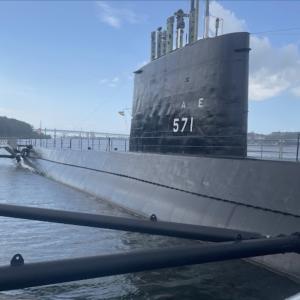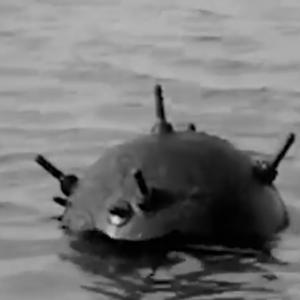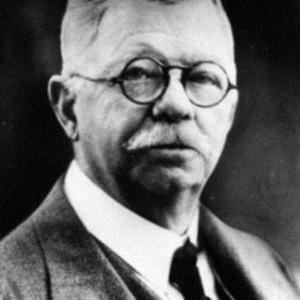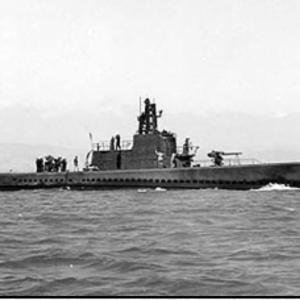
The real Laurence of Arabia
Thomas Edward Lawrence was born in 1888 in the Welsh village of Tremadoc. He was the second of five sons born to Sir Thomas Chapman, an Anglo-Irish nobleman, and Sarah Junner, a former governess. Though never formally married, the couple lived together under the assumed surname "Lawrence" to avoid social scandal. They eventually settled in Oxford, England, where young Lawrence attended school and cultivated a deep interest in ancient history, architecture, and the Crusades.
From an early age, Lawrence was fascinated by the medieval world. He pursued this passion at Oxford, studying history at Jesus College. His senior thesis focused on the Crusader castles of the Levant, and to conduct his research, he traveled on foot across modern-day Syria, Lebanon, Israel, and Jordan. This immersive experience exposed him to Arab cultures and languages, deepening his appreciation for the people of the Middle East and laying the foundation for his future wartime role.
After graduating in 1910, Lawrence joined an archaeological expedition to Carchemish, an ancient Hittite city located near the Turkish-Syrian border. Working under British archaeologist D.G. Hogarth, Lawrence spent several years excavating the site. During this time, he lived among Arab workers, learned Arabic, and developed a keen understanding of tribal customs and regional politics. These skills later proved essential during World War I, when British intelligence sought individuals with deep regional knowledge.
With the outbreak of World War I in 1914, Lawrence enlisted in the British Army and was assigned to military intelligence in Cairo. His fluency in Arabic and knowledge of the region quickly distinguished him, and in 1916 he was sent to support the Arab Revolt against the Ottoman Empire. This uprising was led by Sherif Hussein of Mecca and his sons, including Emir Feisal, and was encouraged by the British as a way to undermine Ottoman control in the region.
Lawrence served as a liaison officer to Emir Feisal and became a trusted advisor, blending diplomacy with strategic military insight. He played a key role in organizing guerrilla attacks on Ottoman supply lines, particularly the Hejaz Railway, and helped to coordinate Arab tribal forces in a unified military effort. One of his most famous exploits was leading a daring march across the Nefud Desert to seize the port of Aqaba in 1917—a victory that shocked both the Ottoman command and his own superiors in the British military.
Despite these successes, Lawrence was increasingly conflicted about British intentions in the Middle East. He had promised Arab leaders that their revolt would lead to an independent Arab kingdom, yet he was aware that the British and French had secretly agreed to divide the region under the Sykes-Picot Agreement. This betrayal, combined with the personal trauma of being captured and tortured by Ottoman forces in Deraa in late 1917, deeply scarred him.
After the war, Lawrence became a reluctant celebrity. His exploits were widely publicized, and his distinctive image—often clad in flowing Arab robes—captured the imagination of the British public. He was invited to the Paris Peace Conference in 1919 as part of Feisal's delegation, where he lobbied in vain for Arab independence. Disillusioned with politics and deeply affected by his war experiences, he withdrew from public life.
He spent the next few years writing Seven Pillars of Wisdom, a literary memoir that blended narrative, historical analysis, and philosophical reflection. Though completed in 1922, the book was not published for general readership until 1926, when an abridged version titled Revolt in the Desert was released. His writing was both celebrated for its vivid prose and criticized for romanticizing the desert campaign and its characters.
To escape the spotlight, Lawrence enlisted in the Royal Air Force in 1922 under the name T.E. Shaw. He sought anonymity and the simplicity of military life, serving in various roles, including as an aircraft mechanic. During this time, he also translated classical works, including Homer’s Odyssey, and maintained a modest lifestyle in a remote Dorset cottage called Clouds Hill.
On May 13, 1935, while riding his Brough Superior SS100 motorcycle near his home, Lawrence swerved to avoid two cyclists and crashed. He died six days later from his injuries, at the age of 46. His funeral was attended by notable figures including Winston Churchill, and his death marked the end of a short but extraordinary life.
Lawrence’s legacy remains complex and often debated. Some view him as a champion of Arab nationalism, others as a conflicted agent of empire. His life has inspired numerous biographies and artistic works, most famously the 1962 film Lawrence of Arabia, which solidified his image as a desert hero and enigmatic figure. His own writings, particularly Seven Pillars of Wisdom, continue to be studied for their literary merit and historical insight into the war and its impact on the modern Middle East.










